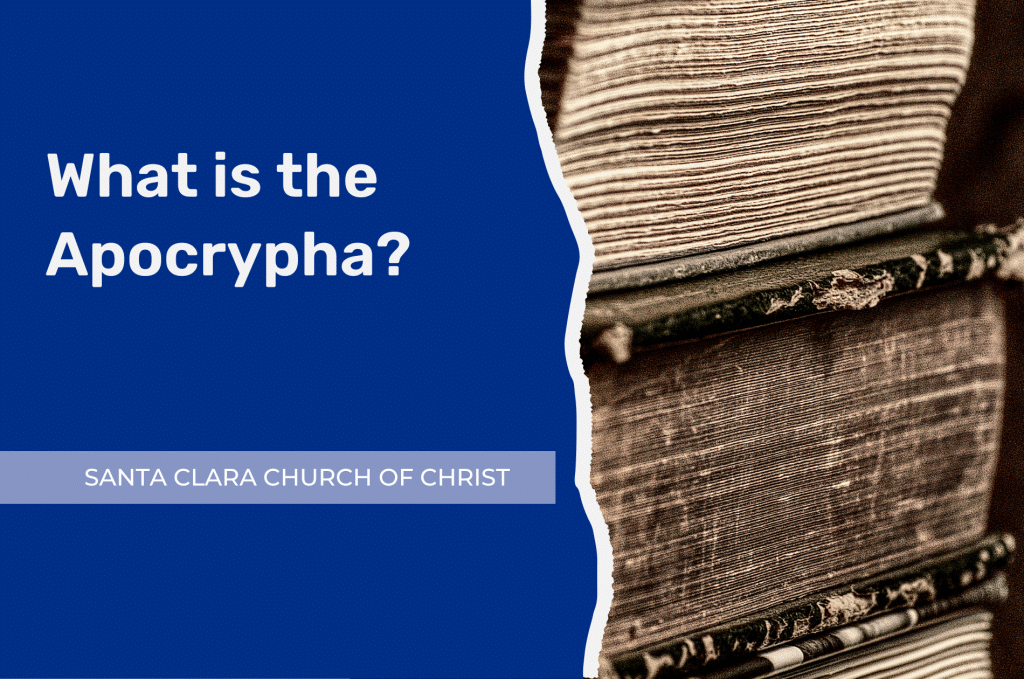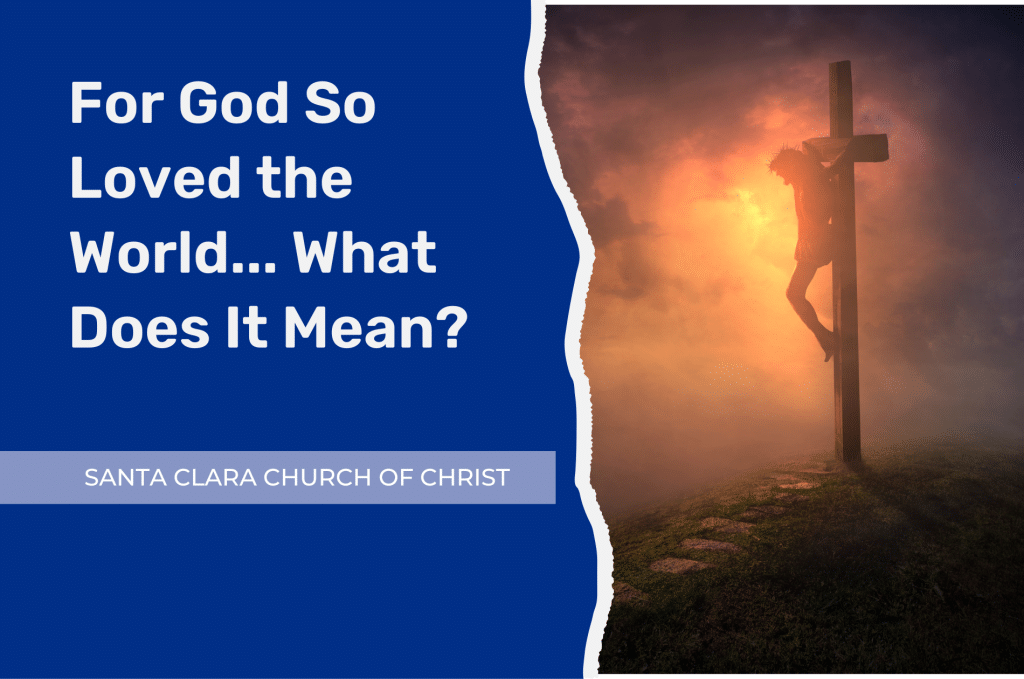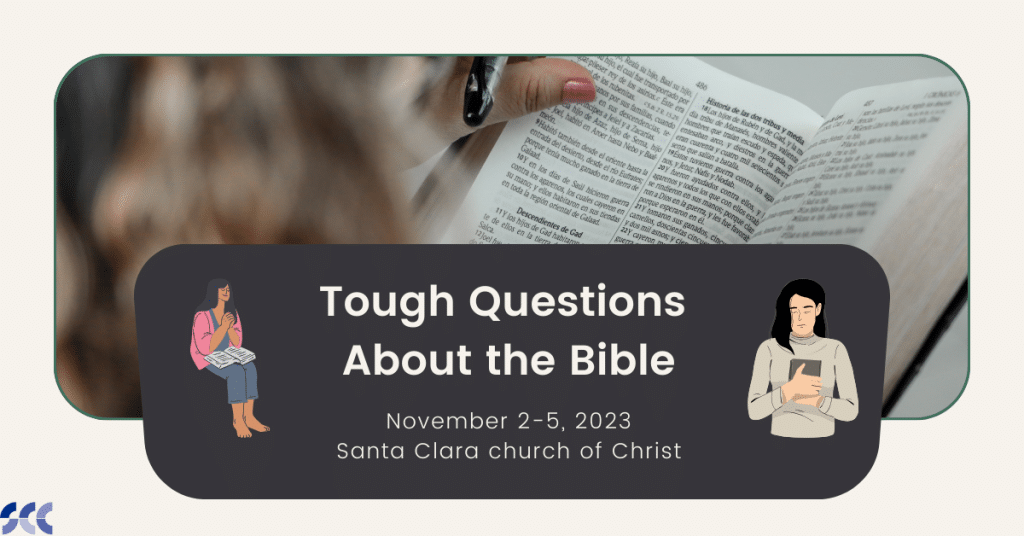The term Apocrypha usually refers to a group of Jewish books written during the intertestamental period (between the Old Testament and New Testament). There are also apocryphal books identified with New Testament figures, written in subsequent centuries.
The term literally means “hidden,” and the secret lore of these books was often judged, rightly so, as heretical.
The books in question had long been considered outside the Biblical canon. Even the Latin Vulgate of the late 4th century did not include them. The translator Jerome made clear in his prologue that the Apocryphal books might be edifying but were not canonical.
Their inclusion in some Bibles, especially Roman Catholic Bibles, has a curious history.
The History of the Apocrypha
At the dawn of the Protestant Reformation, Martin Luther, William Tyndale, and other reformers saw the Bible as the sole authority in matters of belief and practice. Luther gathered the “outside books” from Greek and Latin manuscripts and placed them in a separate section in between the two testaments of his 1534 German translation under the heading, “Apocrypha.” They were not on the same level as the canonical Scriptures but were “useful and good for reading.”
The Roman Catholic Church retaliated at the Council of Trent in 1546 by honoring all the Apocrypha except 1 & 2 Esdras and the Prayer of Manasseh. Instead of speaking of these books as apocryphal, Catholics prefer to call them “deuterocanonical,” to indicate that their status was settled later than that of the “proto-canonical” books.
In the English-speaking world, William Tyndale did not translate or include the apocryphal books as Scripture, but subsequent editions of the Bible in England pandered to the monarch, as head of the Anglican Church, which was the most “Catholic” of all the Protestant groups.
The Books of the Apocrypha
Consequently, many early Bibles in England are arranged with the following sections: 1) the Anglican “Book of Common Prayer”; 2) the Old Testament; 3) the Apocrypha; 4) the New Testament; and 5) Metrical Psalms (essentially their hymnal).
The apocryphal books themselves are a hodgepodge of intertestamental histories, romance novels, moral instruction, and fictitious elaboration on persons or events from the Old Testament.
First Maccabees is a fairly credible historical work covering the period from 175 to 134 BC, and focusing on Jews winning independence from the foreign ruler, Antiochus IV. Some of these events are prophesied in the book of Daniel, and they gave rise to the Jewish celebration of Hanukkah.
On the other hand, Bel and the Dragon, The Prayer of Azariah and the Song of the Three Holy Children, and Susanna are fictitious additions to the book of Daniel. The Letter of Jeremiah purports to be a letter from the Biblical prophet to Jews who were about to be taken into exile. Tobit is a fictitious romance novel of life in Assyrian captivity.
These and other apocryphal books are vastly inferior to the genuine Biblical books. Their primary value lies in what they can tell us about Jewish literary tendencies a few centuries prior to the New Testament era.
Was the Apocrypha Ever a Part of the Bible?
The Talmud, the first century Jewish historian Josephus, and the New Testament (Lk. 24:44) all recognize the ancient threefold division of the Old Testament which consists of the same 39 books we now possess (although some, such as 1 & 2 Samuel and 1 & 2 Kings were combined into one “book” in the ancient lists).
Even one of the apocryphal books alludes to this threefold grouping. The Wisdom of Jesus Ben-Sirach (a.k.a. Ecclesiasticus, dated 132 BC) has a forward or prologue which says, “The Law, the Prophets, and the Latter Writers have left us a wealth of valuable teachings… That is why my grandfather Jesus devoted himself to reading the Law, the Prophets, and the Other Books of our ancestors. After he had mastered them, he was led to write a book of his own.”
Obviously, this apocryphal book was intended to be an addition to the books that were already formally recognized as a sacred collection – a corpus of writings we now call the Old Testament. Furthermore, 1 Maccabees speaks of a “time of great trouble for Israel, worse than anything that had happened to them since the time prophets ceased to appear among them” (9:27, emph. mine).
The people longed for a “true prophet” (4:46; 14:41), but they would have to wait for John the Baptist.
The modern Christian has these and many other good reasons for rejecting the Apocrypha as non-canonical and reverently accepting the 66 “received” books commonly included in the Holy Bible.



